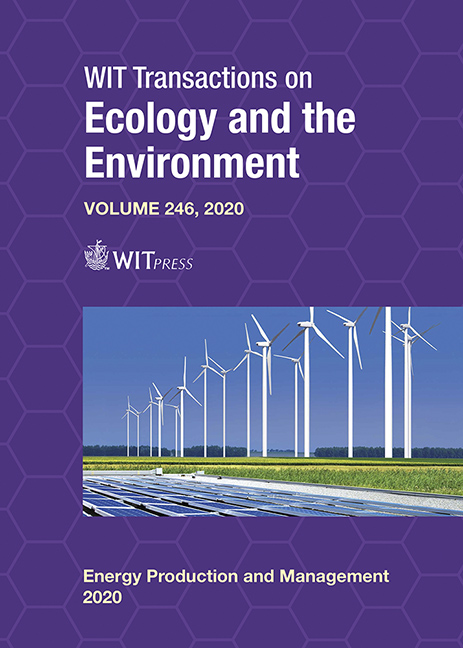TURBINE DIAGNOSTICS: ALGORITHMS ADAPTATION PROBLEMS
Price
Free (open access)
Transaction
Volume
246
Pages
9
Page Range
19 - 27
Published
2020
Paper DOI
10.2495/EPM200031
Copyright
WIT Press
Author(s)
ILIA B. MURMANSKII, KONSTANTIN E. ARONSON, BORIS E. MURMANSKY, NICKPLAY V. ZHELONKIN, YURI M. BRODOV
Abstract
Enterprises of energy equipment and operational utilities set sights on diagnostic systems. This is necessary for state control and maintenance planning of steam turbines. It is useful for digitalization purposes too. So far, some mathematical systems are already used. Algorithms for flow part, heat expansion systems, control systems, vibration-based diagnostics and auxiliary equipment have already been designed. We have designed algorithms just in principle. We met difficulties adapting them for the PT-75/80-90 turbine. Firstly, we should connect them to a single interface. Secondly, adaptation should include features of the equipment, its state (if not new), even operating conditions. Diagnostic signs for each turbine are the most important. We define them based on the operational data. When adapting the algorithms, we reconsider the signs list. We also estimate its coefficients of importance again. This requires experts to study designs, calculations, and modelling. We also analyzed a large amount of operational data at various power plants. To define the state we use tests. Adapting is based on the modes of a specific power station. Following this strategy, we adapt general algorithms for various turbines.
Keywords
steam turbine, diagnostic system, digitalization, algorithms adapting, big data, vibrationbased diagnostics, power plant, monitoring, state control, maintenance





